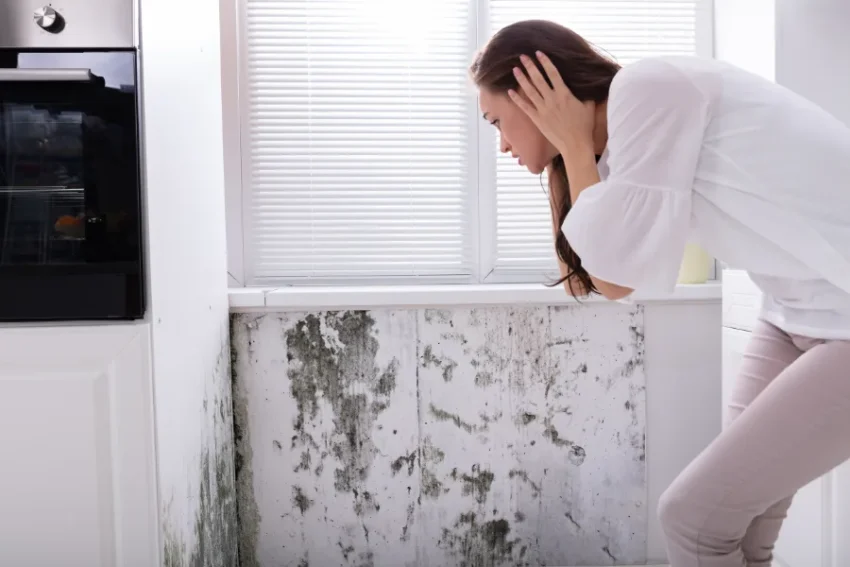An Unseen threat in Common Venues
The new haven you’ve moved into is charming and freshly painted with a cheerful aura to it. From an outward perspective, there seems to be no crux. But, if you dig a little deeper, there is a potent possibility of mold hiding under the floorboards and walls. This pesky intruder does have an off-sighted set of symptoms, namely, fatigue and an incessant dry cough or skin hives. Most victims shrug it off as harmless seasonal allergies. It is important to note that this can be an adversary to your immunity and overall health without you realizing.
Why Mold Weakens Your Immune System
When mold releases spores and mycotoxins, you either breathe them in or absorb them through your skin. These toxins put your defenses of the respiratory system and immune system under stress as time passes. Some of the most common symptoms mold exposure brings about are nasal stuffiness, watery eyes, headaches, and recurrent irritation of the throat. For sensitive individuals or persons with immunity that is compromised, the effects can reach up to the level of chronic fatigue or infection of the respiratory tract. Recognition of these signs early unmistakably gives you a chance to take action before your health spirals downward.
The My Personal Story: A Wake-Up Call
Take a very busy working professional, a legion of sinus problems with no apparent cause and just an enduring fatigue, requiring multiple tests from doctors to arrive at no conclusion. One day, while deep cleaning, she found black mold behind her bathroom cabinet. It was removed, and almost instantly, her symptoms of mold exposure improved. Such stories are not uncommon. They show how easily mold slips out of our sight and yet could wreak havoc in our daily lives.
Steps To Protect Yourself
Prevention starts with regular inspection of humid spots in your home. Leaks should be fixed immediately; however, ventilation should be improved. For individuals living in warm and clammy areas, dehumidifiers would be necessary appliances. If you experience enduring signs of mold exposure, you should check the living spaces in your home or seek intervention. Basic alterations to daily routines aimed at increasing the amount of time spent outdoors, and even air ventilation, are effective in reducing the possibilities of such.
Nutrition and Immunity
In whatever way you consider mold reduction, you should support your immunity internally. A diet with antioxidants and nutrients such as vitamin C, vitamin D, and probiotics helps the body get rid of toxins. Weight loss for muscular endurance and energy balance is another issue within the broad context of environmental health and well-being. Following the best diet plan for weight loss that emphasizes whole food-based options including lean proteins, fresh vegetables, and low sugar can reduce inflammation and support rapid recovery from stress-related exposure.
The Bottom Line
Mold that is not visible still occurs more frequently than most people realize. Identifying mold exposure symptoms early, taking preventive measures, and supporting immunity with nutrition can make a big difference. Like Rina’s story, dealing with mold proactively can restore your health and vitality. A nutritious diet combined with a healthy living environment not only protects you from mold’s harmful effects but also improves your overall well-being.

